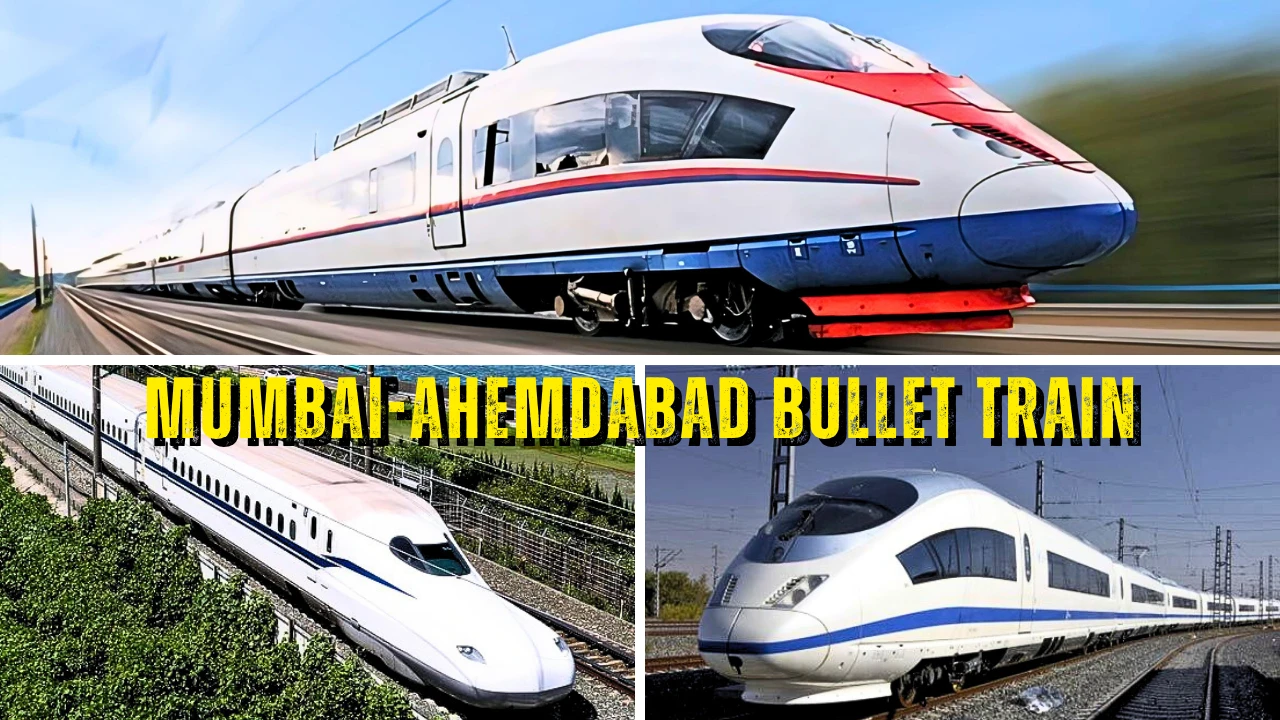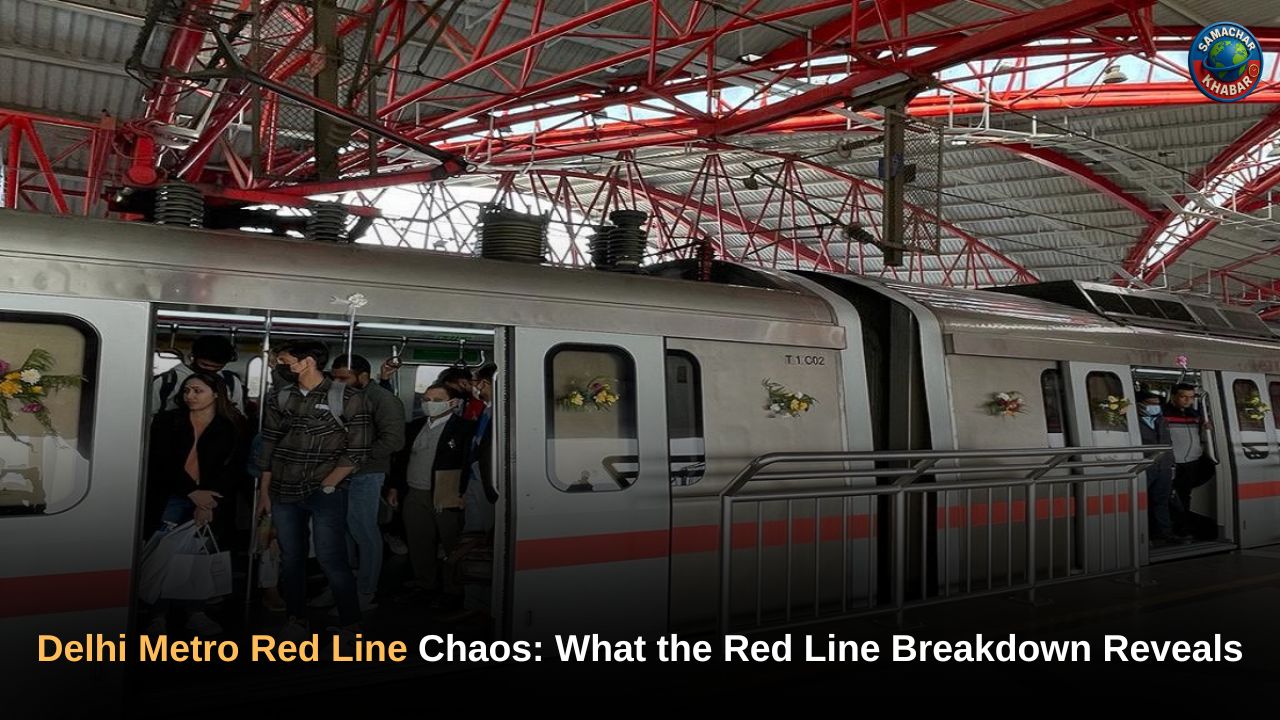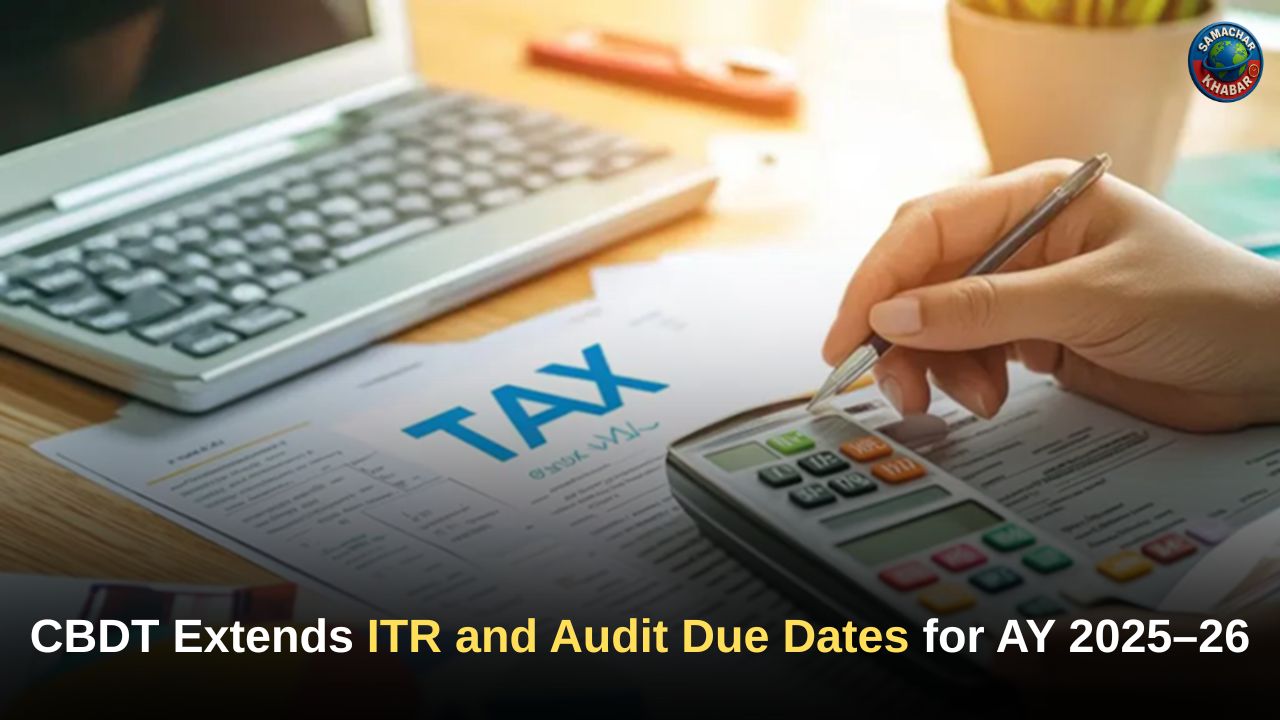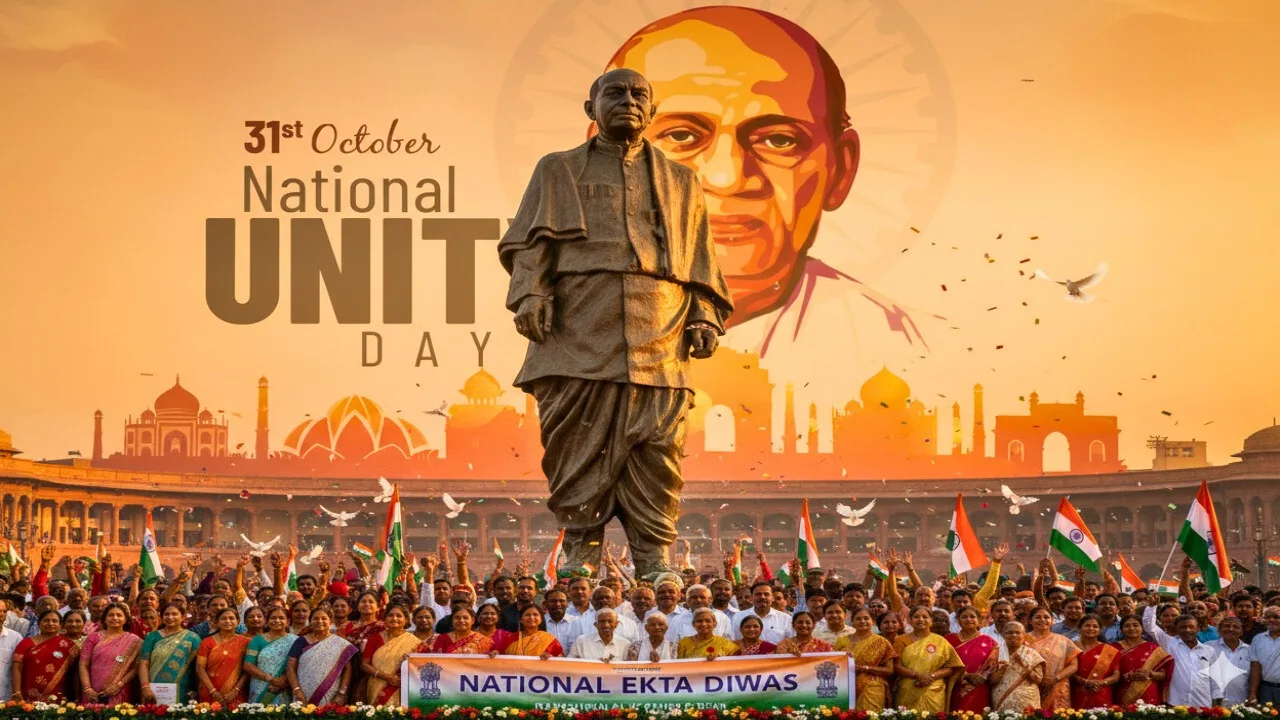The Mumbai Ahmedabad bullet train project, India’s first high-speed rail corridor, is not just a dream but a rapidly unfolding reality. As the nation watches with bated breath, this mega-infrastructure project is marking significant milestones, promising to redefine travel between two of India’s most vibrant economic hubs. The latest news brings with it a clear picture of remarkable progress, from a major tunnel breakthrough to advanced station construction.
This blog post is your definitive guide to the most recent developments, key statistics, and what to expect as this transformational project powers forward. Whether you’re a daily commuter, an investor, or simply a curious citizen, the latest updates on the Mumbai Ahmedabad bullet train are a testament to India’s engineering prowess and ambitious future.
Landmark Progress and Key Milestones
The year 2025 has been pivotal for the Mumbai Ahmedabad bullet train. Construction on both the Gujarat and Maharashtra sections has accelerated, with the National High-Speed Rail Corporation Limited (NHSRCL) achieving several critical goals.
Major Breakthrough in the Undersea Tunnel
One of the most complex and celebrated achievements has been the recent breakthrough in a 4.88-km tunnel section between Shilphata and Ghansoli. This is a crucial part of the 21-km-long undersea tunnel that will connect the Bandra Kurla Complex (BKC) to Shilphata, with a 7-km stretch running beneath the Thane Creek.
On this significant occasion, Railway Minister Ashwini Vaishnaw hailed the accomplishment, stating, “This is a landmark achievement for the Bullet Train Project. It is a testament to the hard work and dedication of our engineers and workers who are building this iconic corridor.” The completion of this section, using the New Austrian Tunnelling Method (NATM), is a clear sign that the project is overcoming its most challenging hurdles.
The remaining 16 km of the undersea tunnel will be bored using Tunnel Boring Machines (TBMs), which are now being deployed.
Advancing Construction in Gujarat and Maharashtra
While the tunnel work makes headlines, progress across the entire 508-km corridor is equally impressive. As of late 2025, the NHSRCL has reported significant headway on multiple fronts:
- Viaduct & Piers: Over 321 km of the elevated viaduct has been completed, with more than 398 km of piers cast. This means a substantial portion of the track’s foundation is already in place, primarily in Gujarat.
- Bridges and Structures: 17 river bridges and 9 steel bridges have been constructed, with work advancing rapidly on other major crossings.
- Track Work: The track bed has been laid for over 206 km, and more than 4 lakh noise barriers have been installed along the completed sections to minimize environmental impact.
- Station Progress: All eight stations in Gujarat—Vapi, Bilimora, Surat, Bharuch, Vadodara, Anand, and Sabarmati—are in advanced stages of construction. In Maharashtra, foundation work is underway for the stations at Thane, Virar, Boisar, and the crucial underground hub at BKC.
The Financial and Economic Landscape
The Mumbai Ahmedabad bullet train is not just about speed; it’s a massive economic undertaking. With a sanctioned cost of approximately ₹1,08,000 crore, it is one of India’s most ambitious infrastructure projects. The project is being executed with significant financial and technical assistance from Japan, leveraging the expertise of the Japanese Shinkansen system.
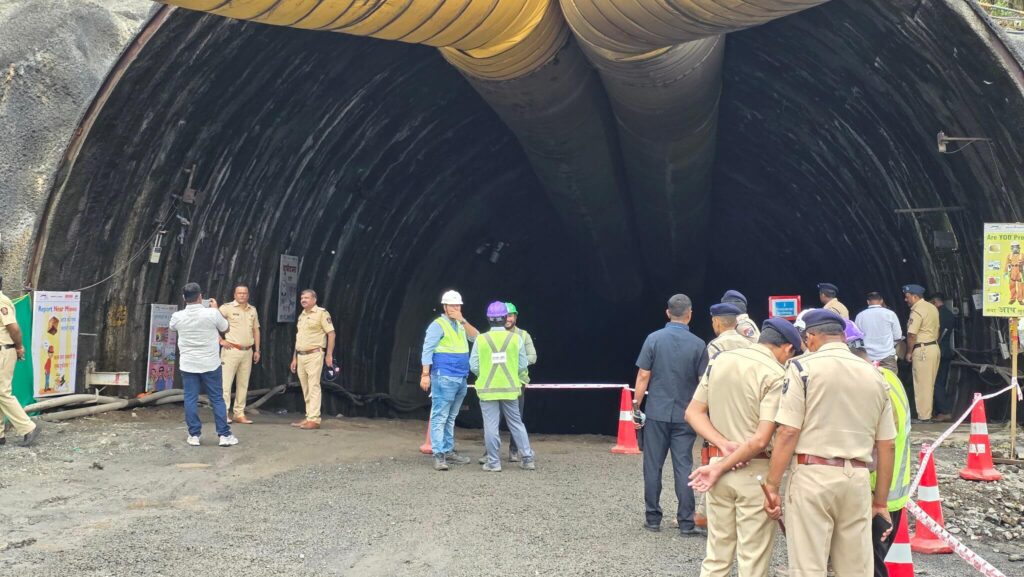
A recent government report highlighted that a total expenditure of ₹78,839 crore has been incurred on the project so far.
Also Read: A Salute to Courage: Celebrating Railway Protection Force Raising Day 2025
This investment is not only in physical infrastructure but also in creating a ripple effect of economic growth. The project has already generated thousands of direct and indirect jobs and is boosting the logistics, manufacturing, and construction sectors across the country.
Did you know? The project’s Economic Internal Rate of Return (EIRR), as per a feasibility study by the Japanese International Cooperation Agency (JICA), is estimated at 11.8%. This underscores its long-term economic viability and potential for significant returns.
What is the Latest Timeline?
The project is moving forward with a phased approach to operationalization. The NHSRCL has provided a clear roadmap for the opening of different sections.
Phased Launch Schedule
- Surat-Bilimora Section (49 km): This is the first segment of the corridor and is expected to be operational by December 2027. This section will serve as a crucial pilot, allowing for testing and fine-tuning of the system before the full corridor opens.
- Thane Extension: The services are planned to extend to Thane by 2028.
- Full Corridor (Mumbai Ahmedabad): The final section, including the challenging underground stretch to the Bandra Kurla Complex, is scheduled to be completed by 2029, at which point the entire 508-km route will be open for public use.
Once fully operational, the high-speed trains, based on the E5 Series Shinkansen technology, will reduce travel time between Mumbai and Ahmedabad from the current 8-9 hours to an astonishing 2 hours and 7 minutes for a limited-stop service.
Stations and the Route
The Mumbai Ahmedabad bullet train will have 12 stations, strategically located to serve key urban centers and industrial areas. The stations are designed to be modern, multi-modal hubs, seamlessly integrated with existing public transport networks.
List of Stations:
- Mumbai
- Thane
- Virar
- Boisar
- Vapi
- Bilimora
- Surat
- Bharuch
- Vadodara
- Anand
- Ahmedabad
- Sabarmati
The Future is on the Fast Track
The Mumbai Ahmedabad bullet train is more than just a transportation project; it’s a symbol of India’s rapid development and ambition. The consistent and transparent progress, from a major tunnel breakthrough to advanced civil works, shows that this project is on track to deliver on its promise.
The government’s commitment to the project and the strategic phased completion plan provide confidence that the first high-speed train will soon be a reality for millions of commuters. By drastically cutting down travel time and connecting key economic hubs, the bullet train will not only enhance mobility but also act as a catalyst for growth, trade, and regional development.

